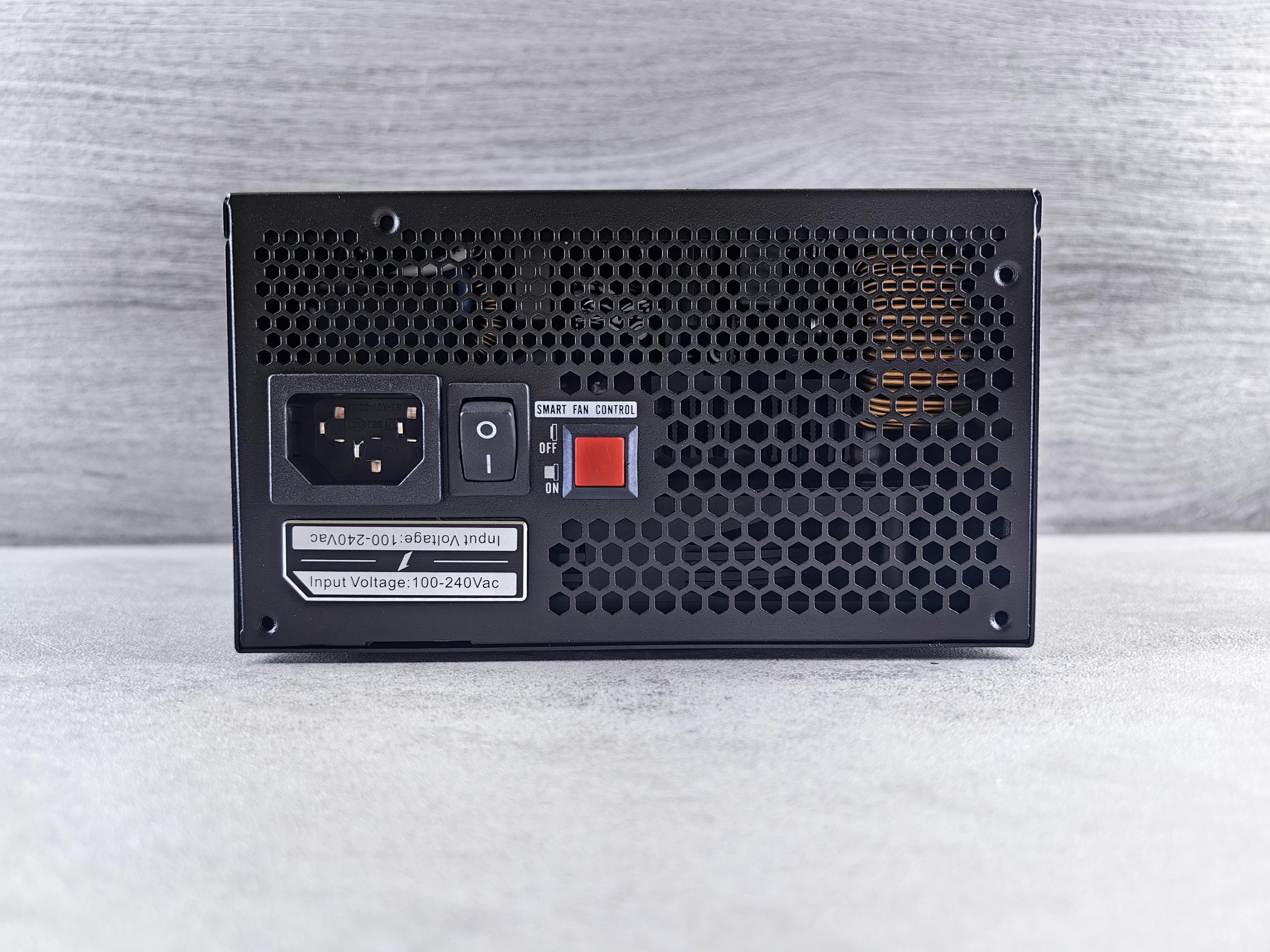Repairing a Damaged 4-Pin PSU Connector on Your PS4: A Guide
While maintaining and cleaning your PlayStation 4 is essential for its longevity and performance, sometimes accidents can happen. One user recently faced a challenge when they inadvertently tore off the 4-pin connector for the power supply unit while trying to disassemble their console. This unfortunate incident raised a couple of questions regarding repair options, particularly about soldering and connector maintenance.
Assessing the Damage
If you’ve found yourself in a similar predicament and have pulled off one of the connection pads along with the connector, the good news is that a repair may still be possible. First and foremost, it’s essential to thoroughly inspect the area to determine the extent of the damage. If the connection pad is completely gone, it will require some careful attention to restore functionality.
Soldering the Connection
Soldering can be a viable solution if you have experience with electronic repairs. Here are some steps to guide you through the process:
-
Gather Your Tools: You’ll need a soldering iron, solder, and possibly some flux for better connectivity.
-
Clean the Pins: It’s crucial to ensure that the pins on the connector are clean before you attempt to solder them back in place. This may involve using isopropyl alcohol and a small brush to remove any dust or debris.
-
Prepare the Connection Pad: If there’s a fragment of the connection pad still attached to the board, you can try to clean it up, making sure the surface is ready for soldering. If the pad is completely missing, you’ll need to find a way to bridge the connection to the circuit correctly.
-
Soldering Process: Carefully align the connector’s pins to their corresponding spots on the circuit board. Apply heat with the soldering iron and add solder to secure the connection.
-
Final Check: Once you’ve soldered the connections, inspect them for any cold solder joints or potential shorts.
Conclusion
Repairing the 4-pin PSU connector on your PS4 may seem daunting, but with patience and the right tools, it’s a manageable task. Just remember to take your time and ensure all components are clean and connected securely. If you’re feeling uncertain about any step in the process, don’t hesitate to seek advice from experienced individuals or consult repair guides online. Happy gaming!
Share this content:




Replacing or Repairing a Damaged 4-Pin PSU Connector on Your PS4
It sounds like you’ve encountered a common issue when working with delicate console components. If the connection pad is torn off completely, re-establishing the connection can be challenging but not impossible.
Here are some options and tips: